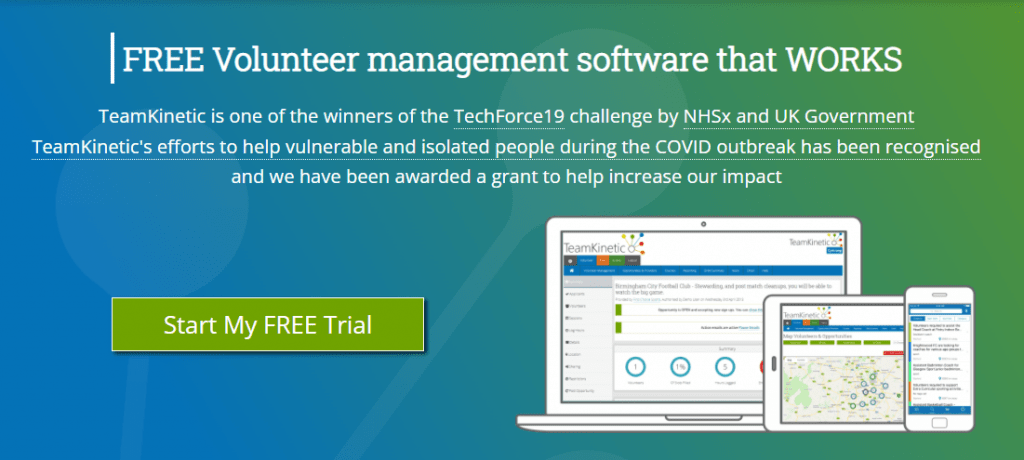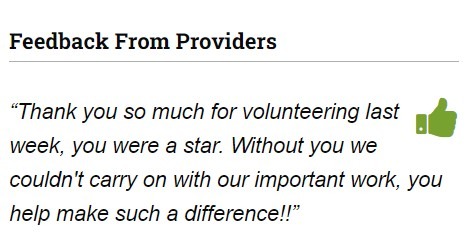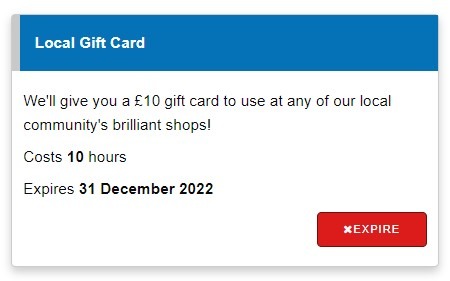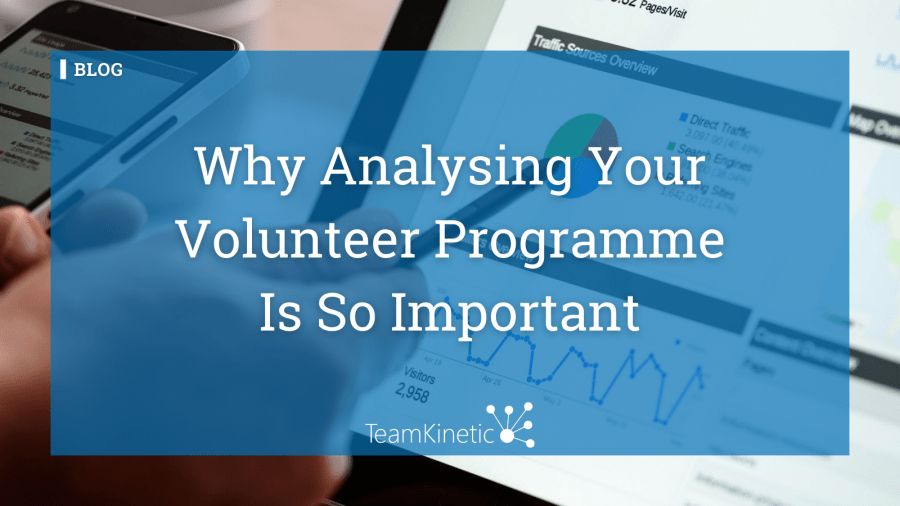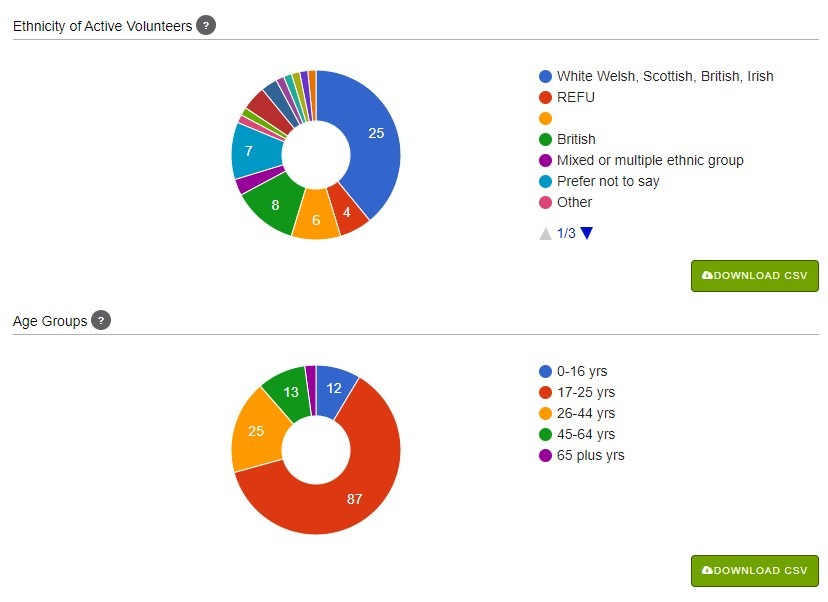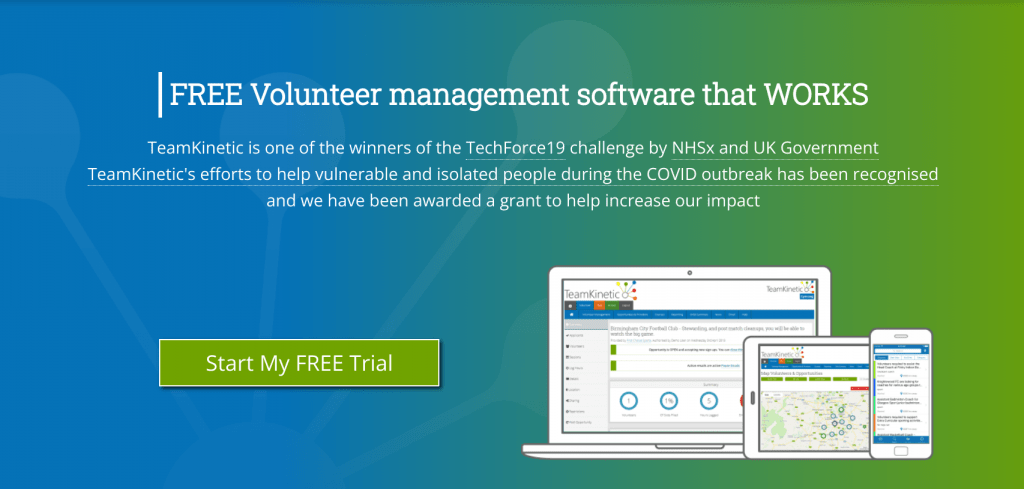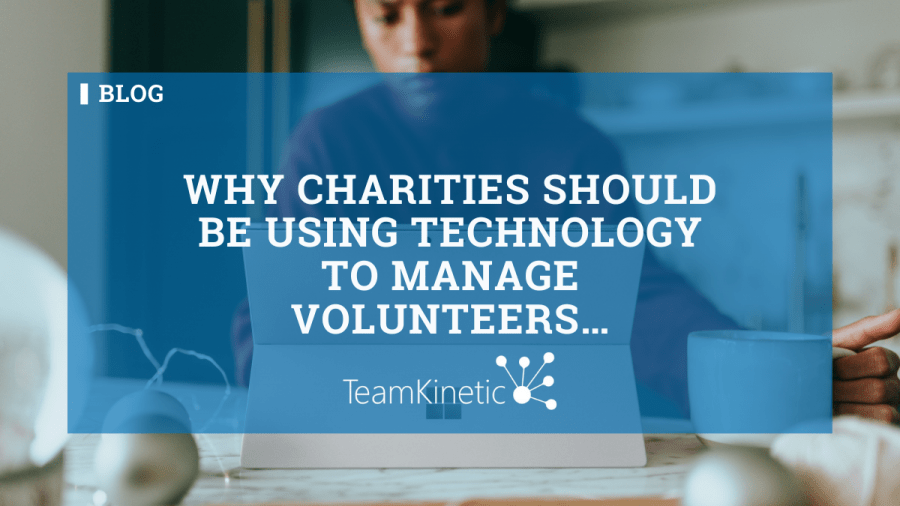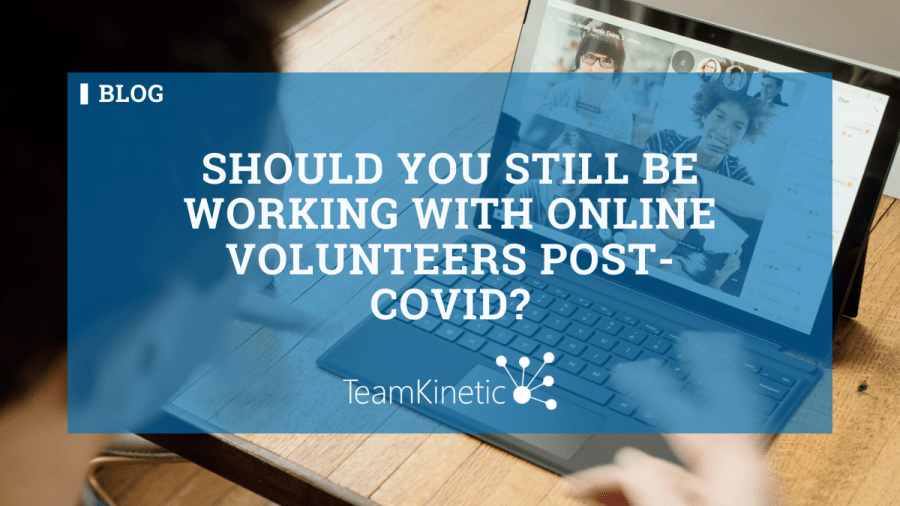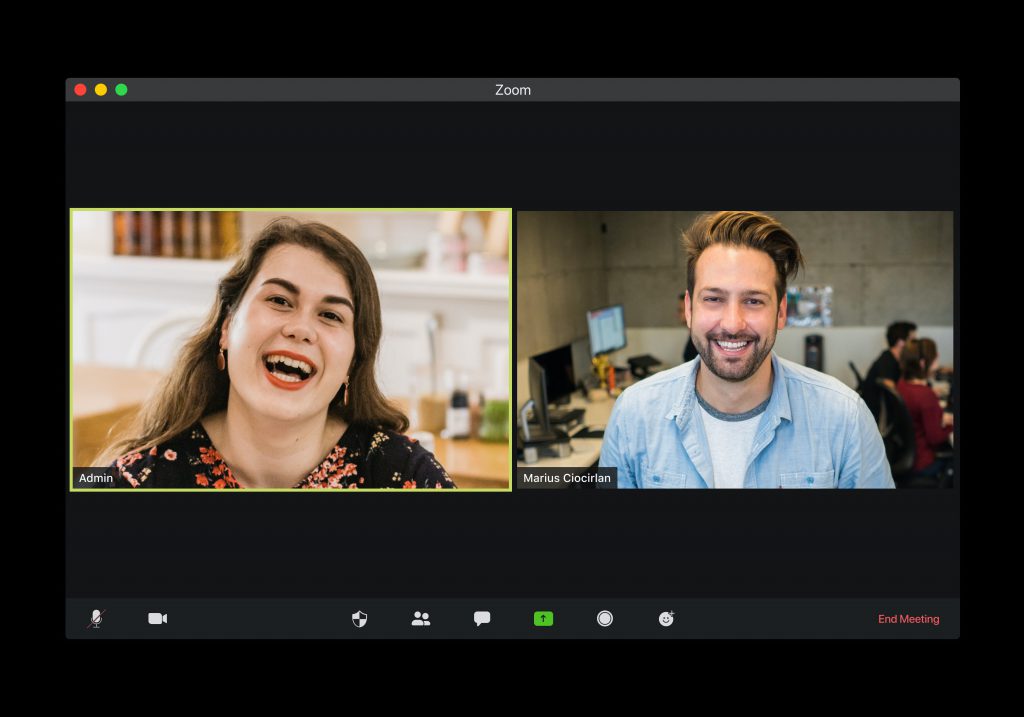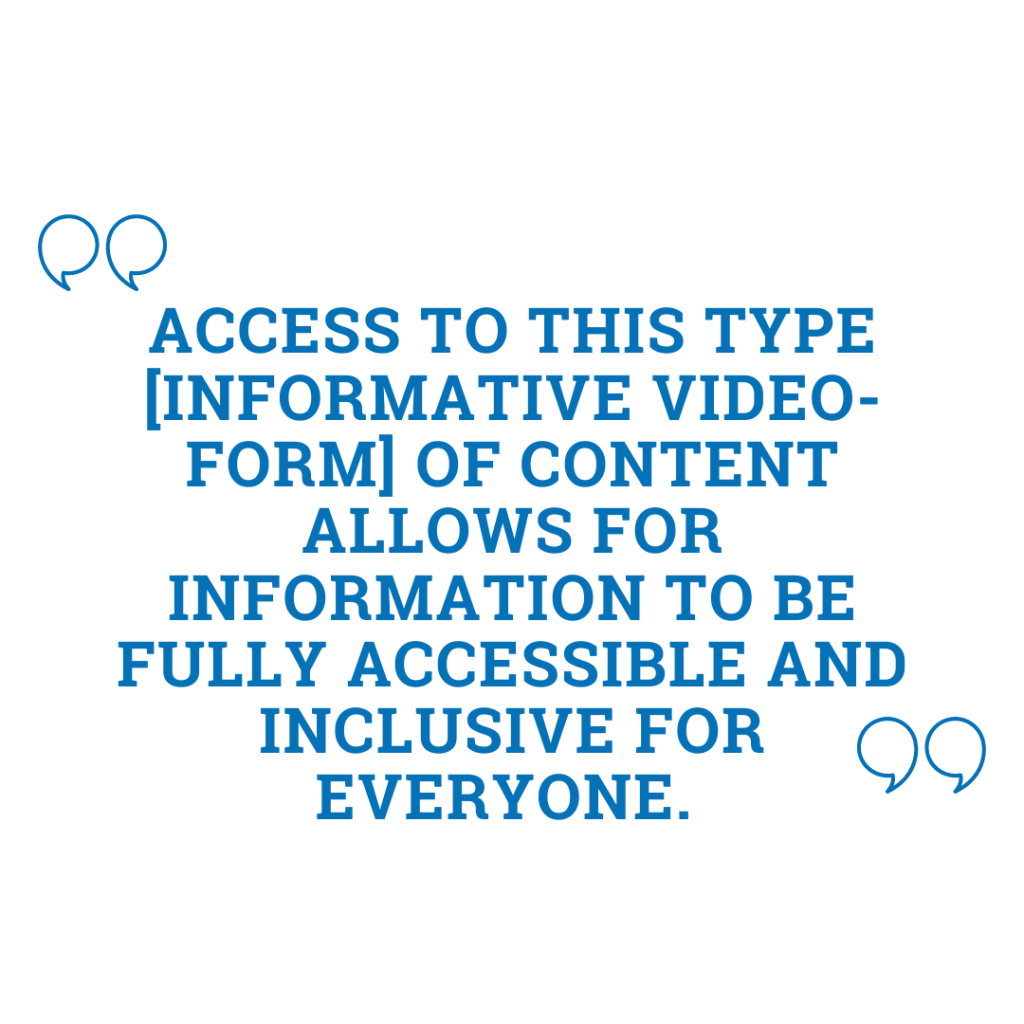
Palliative care and hospice volunteers support those with life-limiting diseases and their families. Their purpose, to improve quality of life and build deeper relationships with patients, gives valuable insight to hospices and their overall care.
Being able to understand the role that volunteers play within hospices helps improve their effectiveness and will better aid those who are thinking of volunteering. Recent evidence suggests that in order to make an impact on the development of volunteering, stronger resources and commitment from those in high positions is required.
More care and support is needed now more than ever – volunteering can play a key role in adapting to the changing needs.
Do Hospice Volunteers Need Training?
Before anyone becomes a hospice volunteer, it’s likely that training will need to be completed. Volunteer training helps prepare them for any services they may perform and understand how they will be assisting patients and their families.
It’s likely that a hospice training program will include:
- Understanding the hospice’s philosophy of care.
- Understanding the services delivered by the organisation.
- How to properly communicate with patients, caregivers and families.
- Understanding patient privacy regarding their health information.
Through this training, hospices have recorded common traits that make effective volunteers:
- A sense of understanding and compassion towards those on their end-of-life journey.
- A respect for all customers’ cultures and religious views.
- The ability to listen when needed and be comfortable in silence.
- Awareness of personal limitations.
The Types of Volunteering for Hospice Volunteers…
Hospice volunteers provide an immense amount of hours through two main categories: Direct and Indirect Care volunteering…
Direct Care Volunteering is defined by those volunteers who work directly with patients, caregivers and families. They provide comfort and support in a number of ways:
- Preparing meals for patients and their families.
- Giving transportation.
- Helping out with light household chores.
- Providing companionship and comforting patients.
- Help create a soothing and joyful atmosphere.
(via Crossroads Insights)
Indirect Care Volunteering, on the other hand, is for volunteers who would like to work behind the scenes. They help the hospice with any administrative tasks. For instance, preparing mailing and/or newsletters to the community. They’ll also be looking to input any general data and other clerical duties needed to be completed. Indirect Care involves making sure the hospice is known within the community and day-to-day tasks are completed for everything to run smoothly.
The Challenges for Hospices
There are concerns about the accessibility of those who can benefit from hospices services which have become a challenge. Volunteers have been a significant part of responding to this and, as a result, can be a significant advantage for hospices.
Volunteers extend the scale of availability to hospices in order to deliver a wide range of services. Importantly, they offer a prolonged connection of care to those with life-shortening illnesses in ways beyond clinical. Volunteers can help extend the reach a hospice can make in the community through stronger social activities.
A diverse range of volunteers can broaden the range of skills and benefits available to you. Hospices can reach out to the same broad community mirrored within the hospice. It’s extremely important to acknowledge the work and benefits volunteers bring, while starting to think about how volunteers can work effectively to push back against rising challenges.
How Can We Help?
With a broad range of volunteers, you might be wondering how you’re going to connect and reward them for their work… Here’s where we come in. A volunteer management system, like TeamKinetic, can help you:
- Recruit more volunteers than ever before.
- Fully customise your site and volunteer registration.
- Communicate with your volunteers easily, all in one place.
- Motive and reward your volunteers with our achievement badges or create your own!
Start a free trial with us at TeamKinetic here!
